Horses with altitude: how do racehorses travel around the globe?
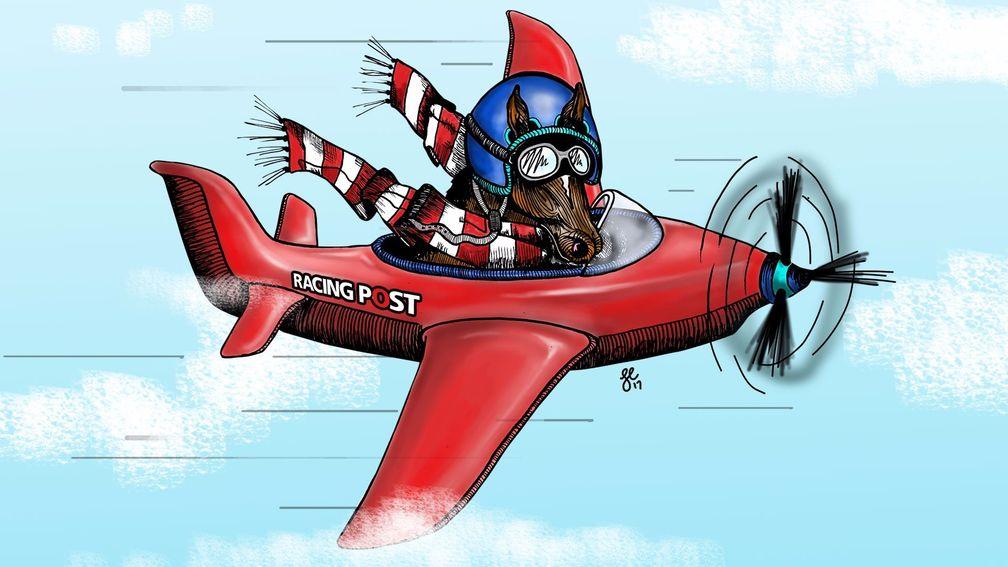
In the latest instalment of our series, Katherine Fidler answers the question: how do top performers reach far flung race meetings?
Frankie fans may have spotted a Twitter photo of the Arc-winning jockey jetting into California for his first visit to Del Mar earlier this week – in first class no less. But while Dettori was stretching out studying the form or binging on a box set, how were his four-legged partners travelling?
In one sense, much the same way as the top jockeys, trainers and media also crossing the Atlantic for America’s biggest meeting – first class, business or economy, depending on the cost of their ticket. And just like passenger flights, it's all about the legroom.
All horses, whichever class they're travelling, are loaded into a large portable crate – the length of one horse – on the tarmac, which is then fixed into place on the plane. For most long-haul flights these crates can either fit three horses standing side by side (economy), two horses (business class) or one lucky horse can enjoy a crate to themselves, with room to walk around (first class). But whichever class, once they're in, they're in – there's no nipping out the crate to stretch their legs in the aisle.
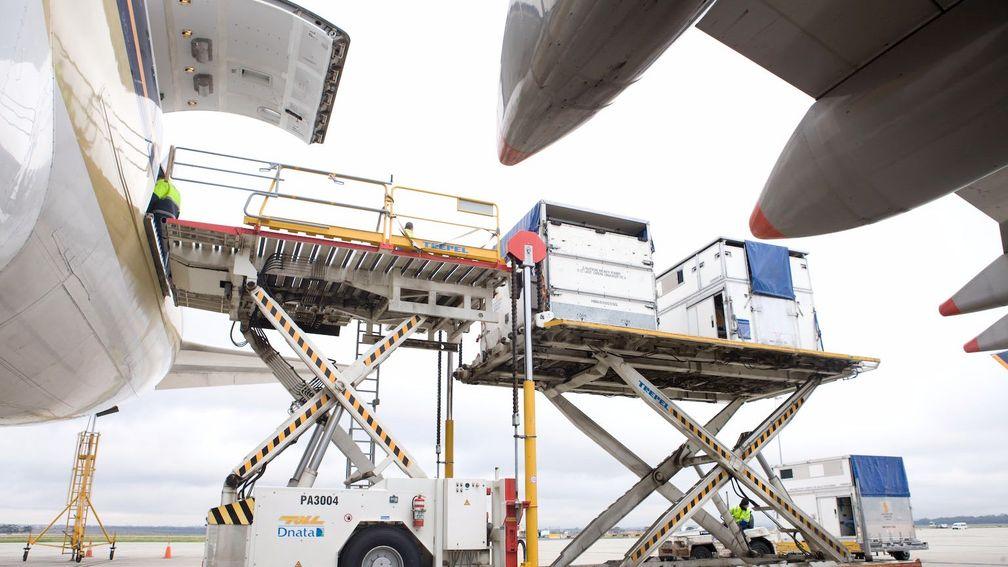
You might think it's tough to stand for the whole flight, but don't forget, horses can snooze upright – plus, they don't have to battle their neighbours for elbow room thanks to nice high partitions keeping them apart.
Is there a doctor on board?
Vets will often accompany horses on their flights, but not always. Jim Paltridge, managing director of International Racehorse Transport, explains.
"It depends on both what the client chooses and the length of the flight," he says. "If the flight is less than ten hours or so and the horse goes off their food or water, it's not a major problem. However, if it's more than ten or 11 hours it's a good investment to have a vet on board."
For most of us one of the joys of air travel is the liberal supply of snacks and beverages – alcoholic or otherwise – but for the unlucky ones who get travel sick, the journey is a torturous one. As a rule horses tend to cope very well with flying, but shipping fever, an infection brought on by long distance travel, can become serious very quickly.
One thing a vet on board is unlikely to have to deal with is the arrival of a foal, with most racing authorities preventing the export of in-foal mares after ten months – leaving a month before their due date.
Vet or no vet, every flight will carry at least one flying groom to take care of the horses from boarding to landing – more horses equals more grooms. Their human companions travel in style, with business class seats for when they’re not looking after their charges, and portable oxygen tanks in case of emergency when they’re around the crates.
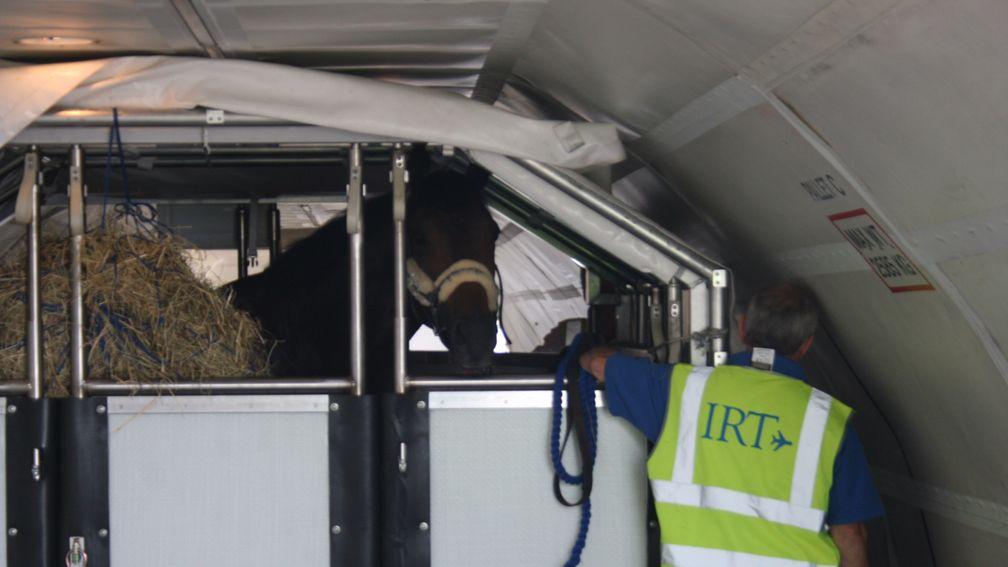
Each groom meets the horses on the tarmac after going through security and immigration in the airport terminal like a regular passenger – so certain tabloids need not worry that racehorse transport will become a new route in for illegal immigrants after Brexit.
As for the horses, their passports and paperwork are sorted long before travelling – in Britain and Ireland, Weatherbys takes on the role of the border control. Most countries allow horses in training to travel on a simple racing clearance notification, but the US, a popular destination this weekend, requires a full export certificate – including identification by a vet to confirm it's the correct horse. Can't blame Trump for this one though, it's a long-standing procedure . . .
They're behind you
Ever wonder about the passengers around you on a flight? What do they do? Where are they going? Are they ever going to stop kicking the back of your seat? What you should be asking is are they even human, because on some flights there might be half a herd of horses behind you.
"There are 'combi' aircraft that transport people up the front and horses out the back," says Paltridge. "Sadly they're slowly going out of service, but the KLM New York service will have horses on board daily."
In most cases however, horses are transported on scheduled freight flights or, as in the case of the Breeders' Cup, charter flights. And while IRT now largely focuses on horses (its client list includes Black Caviar and top shuttle sire More Than Ready) in its early days the company also transported deer, zebra, donkeys and a variety of circus animals around the globe – but you won't find a Breeders' Cup runner sharing the plane with a lion. Safety is paramount on flights, and every effort is made to ensure a problem-free passage from start to finish.
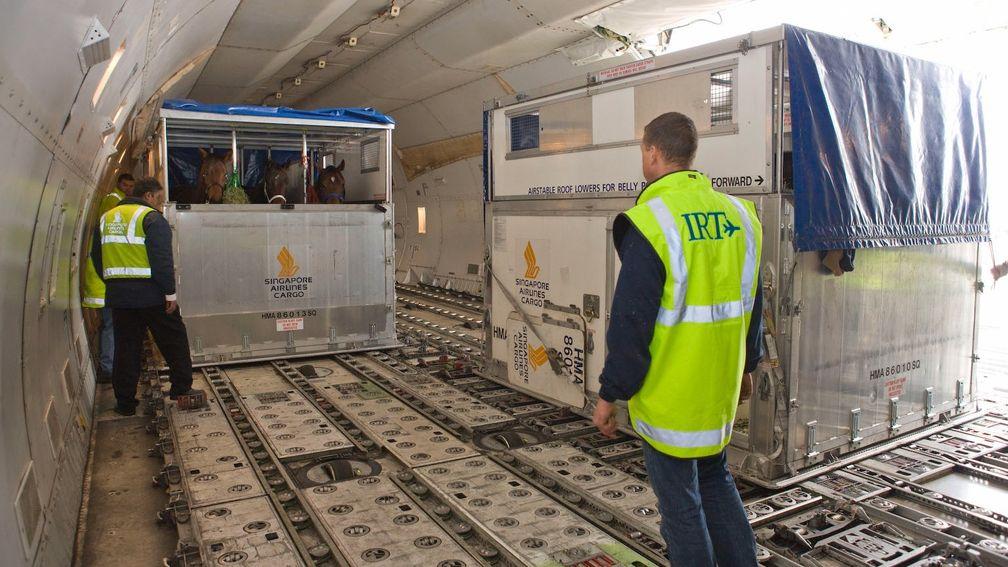
"The captains keep things very cool," says Paltridge. "They'll use the whole of the runway, and follow a shallower incline for takeoff and landing."
It is also recommended horses have their shoes removed – something that doesn't sit well with regular flight attendants, who often complain about barefoot passengers.
All about the dollar dollar bills y'all
But let's be honest, what we all want to know is how much will you have to part with to stand for 11 hours barefoot (with no in-flight entertainment beyond a haynet) from London to San Diego? Like passenger flights there's no set fare, because so many factors come into play – how busy is the freight route that day? Is it a scheduled flight or charter? How many horses are flying?
As a rough guide, an economy space to San Diego will cost around £9,500 door to door one way. Last-minute bookings for a human economy seat this weekend are around £1,200, but if you're more organised they can be snapped up at closer to £500.
Fancy running in the Belmont instead? An economy flight to New York will set you back around £5,700 one way. And first class? Each ticket varies depending on add-ons and quarantine, but it will be in the region of two and a half times the price of an economy seat.
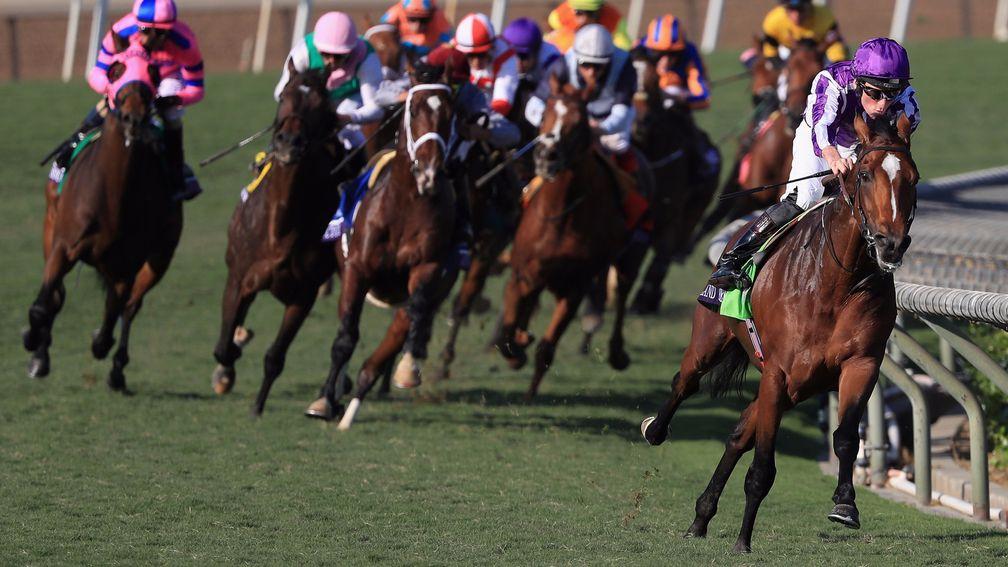
But will the effects of long-haul travel scupper a horse's chance of recouping that cost in prize-money? Research and anecdotal evidence varies from suggesting horses cope with jet lag better than humans, to jet lag actually improving performance – so don't be too put off if you see 5,478 miles next to your fancy in the Racing Post Traveller's Check.
Wheels up!
If you liked this you should read others in our Racing Revealed series:
So, how much does a jockey really earn?
They've all lost out by a whisker but why do so few jockeys have beards?
How true is the famous saying 'you never meet a poor bookmaker'?
The art, rules and rudeness of naming racehorses
They're not going to overthrow humans – but just how clever are racehorses?
Published on inFeatures
Last updated
- Captain Marvel: how a modern master of Cheltenham and a genuine pioneer executed one of the shocks of the year
- 'We’re delighted with how it's going' - joint-trainers prepare for exciting year after Flat string is doubled
- 'We’ve had to work hard this sales season' - Kennet Valley seeking to build on success with biggest string
- Alastair Down's archives: the great writer recalls Coneygree's glorious victory in the 2015 Cheltenham Gold Cup
- Kauto Star: the extraordinary talent who became the benchmark for sheer undiluted quality
- Captain Marvel: how a modern master of Cheltenham and a genuine pioneer executed one of the shocks of the year
- 'We’re delighted with how it's going' - joint-trainers prepare for exciting year after Flat string is doubled
- 'We’ve had to work hard this sales season' - Kennet Valley seeking to build on success with biggest string
- Alastair Down's archives: the great writer recalls Coneygree's glorious victory in the 2015 Cheltenham Gold Cup
- Kauto Star: the extraordinary talent who became the benchmark for sheer undiluted quality